 |
 |
 |
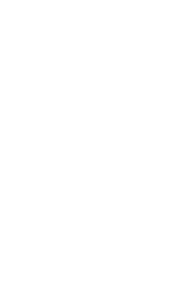
|
Josef Hoffmann
Design for a runner Hygica for the Wiener Werkstätte, pattern no. 7715, 1910
Backhausen GmbH
© MAK/Georg Mayer
|
|
 |
WAYS TO MODERNISM
Josef Hoffmann, Adolf Loos, and Their Impact
17/12/2014-19/4/2015
With the exhibition WAYS TO MODERNISM: Josef Hoffmann, Adolf Loos, and Their Impact, the MAK will be presenting a final high point in the year of its 150th anniversary. Conceived around the legendary works of Josef Hoffmann (1870–1956) and Adolf Loos (1870–1933), the exhibition will offer an impressive portrayal of the development of Viennese modernism into a global brand. With their radical, consistent, and incisive oeuvres, Hoffmann and Loos, among most influential figures in Vienna around 1900, developed two completely contrary alternatives for modernity in art, architecture, and design, both of which were spectacular for their time. Ways to Modernism not only focuses on the thinking and key works of these two visionaries, but also the historical background of their ideas and their continued resonance in works by internationally renowned architects and designers to this day.
|

|
Posted 17 December 2014
|
Share this:
|
|
The process of industrialization and democratization in Vienna around 1900 formed the backdrop for the ideas of Hoffmann and Loos, whose “creative” and “economical” paths offered two successful approaches to the growing importance of the consumer’s individual identity. Hoffmann interpreted architecture and design as artistic projects, while Loos saw art as an autonomous area far removed from the manufacturing of everyday buildings and household items. Hoffmann sought to produce modern art, while Loos aimed to create modern culture.
|
|
|
|
|

|

|

|
In this environment, Hoffmann and Loos’s oeuvres went on to make influential contributions to the heated international debate on the “right” direction for the modernist movement. The Vienna Secession invited prominent English, French, German, and Belgian artists to its exhibitions. Along with the Wiener Werkstätte, Hoffmann created the Stoclet House (1905–1911) in Brussels, one of the most prominent works of the international art nouveau movement. After living in the United states for three years, Adolf Loos brought a completely new image of modern culture back to Vienna, which he spread in polemical newspaper articles and demonstrated in the famous Looshaus (1910–1911) on Michaelerplatz. His brilliant writings continue to be read and regarded as the “Old Testament” of modernism.
|
|
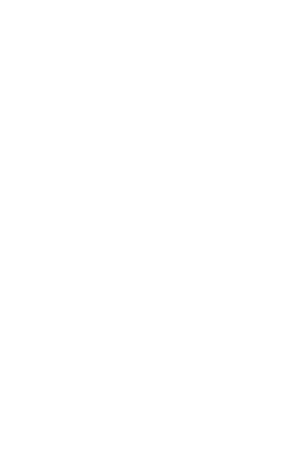
Adolf Loos
portrait, 1903
© ÖNB/Wien, NB 509090-B
|
|
|
|
|
|
|
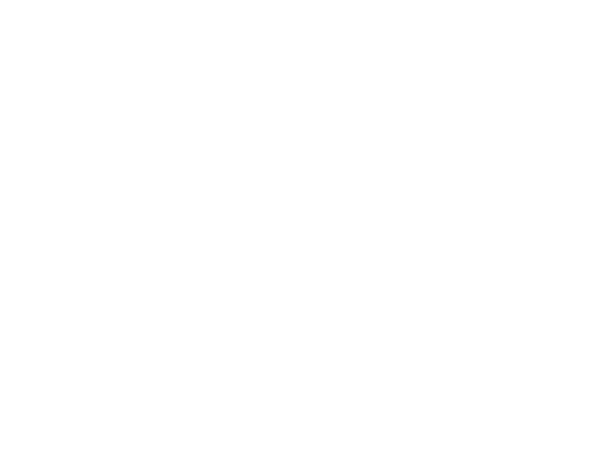
MAK Exhibition View, 2014
WAYS TO MODERNISM. Josef Hoffmann, Adolf Loos, and Their Impact
MAK Exhibition Hall
Josef Hoffmann, Bedroom in the Johanna and Dr. Johannes Salzer apartment, 1902 (reconstruction)
© MAK/Georg Mayer
|
|
|
|

|

|

|
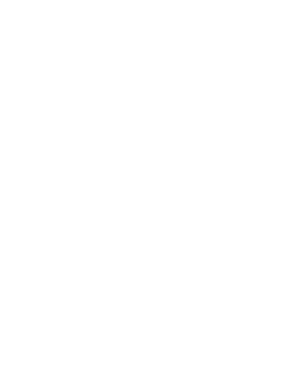
Anonym
Men’s coat, Vienna, beginning of 19th c.
© MAK/Georg Mayer
|
|
In five chapters, the exhibition WAYS TO MODERNISM: Josef Hoffmann, Adolf Loos, and Their Impact shows how these successful, modern theories of civilization and living emerged on the path to greater individual freedom, and how their influence continues to be felt today.
With a selection of key buildings, furnishings, household items, and writings, the exhibition begins by outlining the achievements of forerunners to the modernist movement, including Theophil Hansen and Otto Wagner. Their work formed the foundation upon which the artists of the Vienna Secession, which was co-founded by Josef Hoffmann, and Adolf Loos, the group’s antipode, built their oeuvres. As examples, the exhibition includes the work of the architect Theophil von Hansen for Archduke Leopold at Schloss Hernstein in the 1870s. The focus of this introductory segment to the exhibition is on architects’ reactions to the crisis in the applied arts in the wake of industrialization as well as the development of a genuinely modern language of form.
|
|
|
|
|
|
|
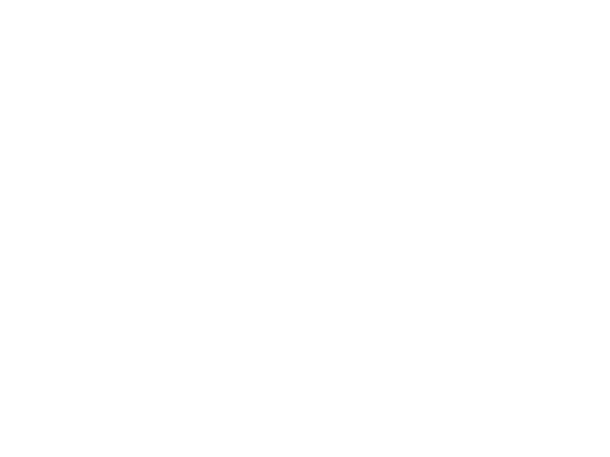
MAK Exhibition View, 2014
WAYS TO MODERNISM. Josef Hoffmann, Adolf Loos, and Their Impact
MAK Exhibition Hall
Adolf Loos, Bedroom in the Lina and Adolf Loos apartment, Vienna, 1st district, Bösendorferstraße 3, 1903 (reconstruction)
© Peter Kainz/MAK
|
|
|
|
|
|
In this area of the exhibition, for the first time reconstructions of two interiors that were created around the same time will be compared. They offer an instructive demonstration of these two divergent approaches: In the bedroom of the Salzer apartment designed by Josef Hoffmann (Vienna, 1902), all the objects are organized in a strict system of square ornamentation. In the bedroom of Loos’s own apartment (Vienna, 1903), by contrast, the predominantly haptic aesthetic of the curtains and carpets, which were not designed by Loos, creates an intimate atmosphere.
|
|
|
The parallel worlds of these two paths to modernism are exemplified in the exhibition by the portraits of some of the patrons of the Vienna Secession and Adolf Loos, which are contrasted here for the first time. Gustav Klimt’s Portrait of Gertrud Loew (married as Eisler von Terramare and later Felsöványí, 1902) exemplifies the Secessionist position, while Oskar Kokoschka’s Portrait of Fred Goldman (which shows a child with his parents’ hands, 1909) and his oil painting Old Man (Father Hirsch, 1909) offers a psychological portrayal of the patrons of Adolf Loos.
The fourth chapter, New Viennese Ways, illustrates the inspiring potential of Josef Hoffmann’s aesthetic approach and Adolf Loos’s evolutionary and emancipatory strategy. Beginning in 1910, a new generation of architects forged new paths to modernism that built on the work of Hoffmann and Loos. They either synthesized the two approaches based on how people live or radically emphasized the industrial and collective models. The contrary positions of the Secession and Adolf Loos are evident in the reconstructions of the opulent Boudoir d’une grande vedette, Hoffmann’s contribution to the 1937 World Fair in Paris, and Margarete Schütte-Lihotzky’s
|
|

|

|

|
A catalog will accompany the exhibition: WAYS TO MODERNISM: Josef Hoffmann, Adolf Loos, and Their Impact, edited by Christoph Thun-Hohenstein, Matthias Boeckl, and Christian Witt-Dörring, in German and English, including numerous essays by international experts, 336 pages, MAK, Vienna/Birkhäuser, Basel, 2015. Available at the MAK Design Shop and online at MAKdesignshop.at for €39.60.
See the Catalogue on the Book pages>
AUSTRIA
VIENNA
MAK - Austrian Museum of Applied Arts/Contemporary Art
Stubenring 5
A-1010 Wien
www.mak.at
|
|
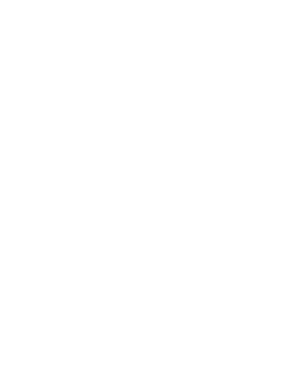
Ludwig Rüdelmann
Clothing Silk Goods, and Ribbon Factory
Sample board with plush imitation fur (long-pile silk plush), Vienna, 1827
© MAK/Georg Mayer
|
|
|
|
|
|
|
|
|
|


